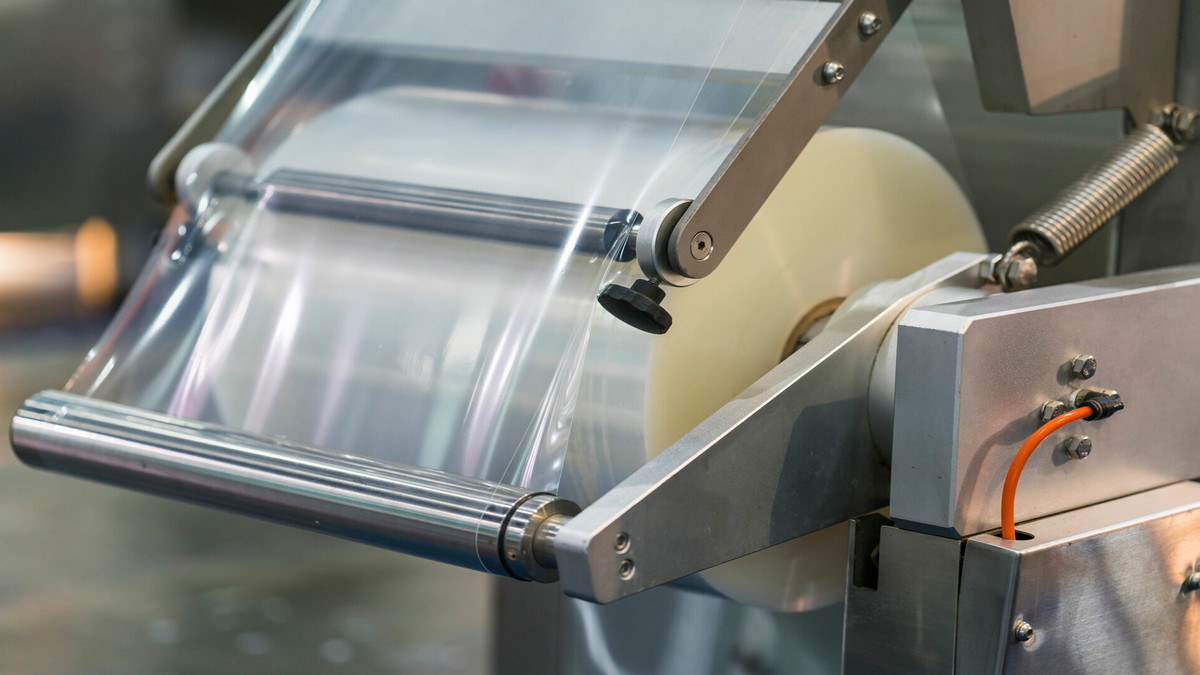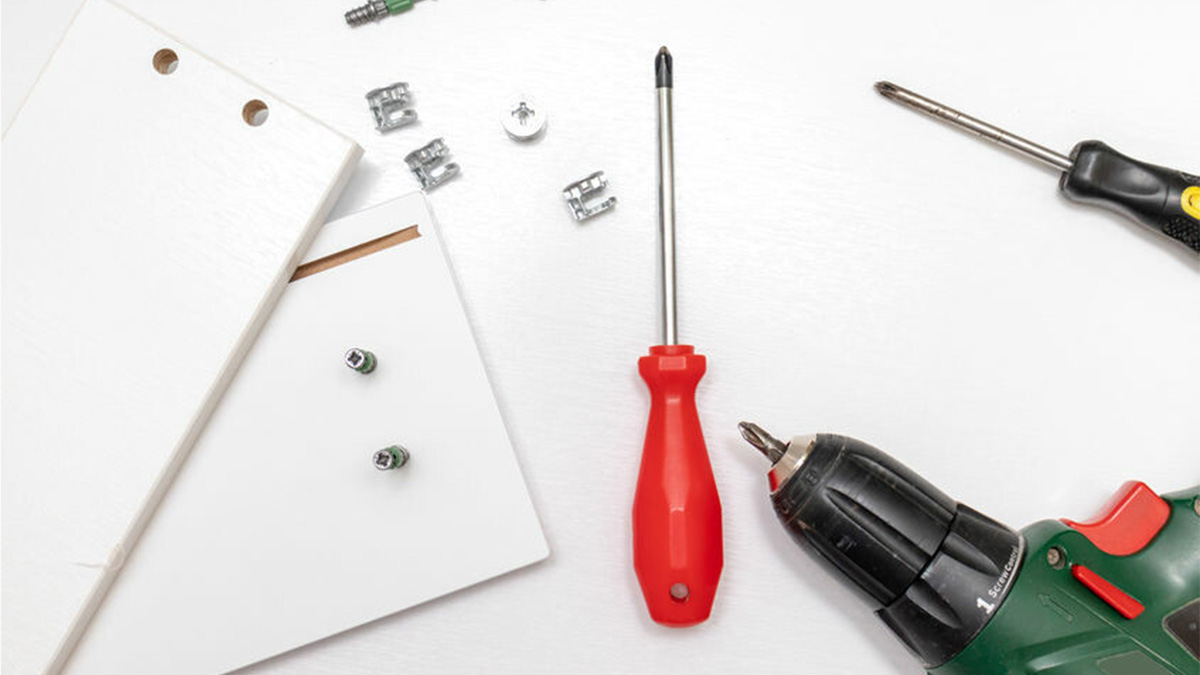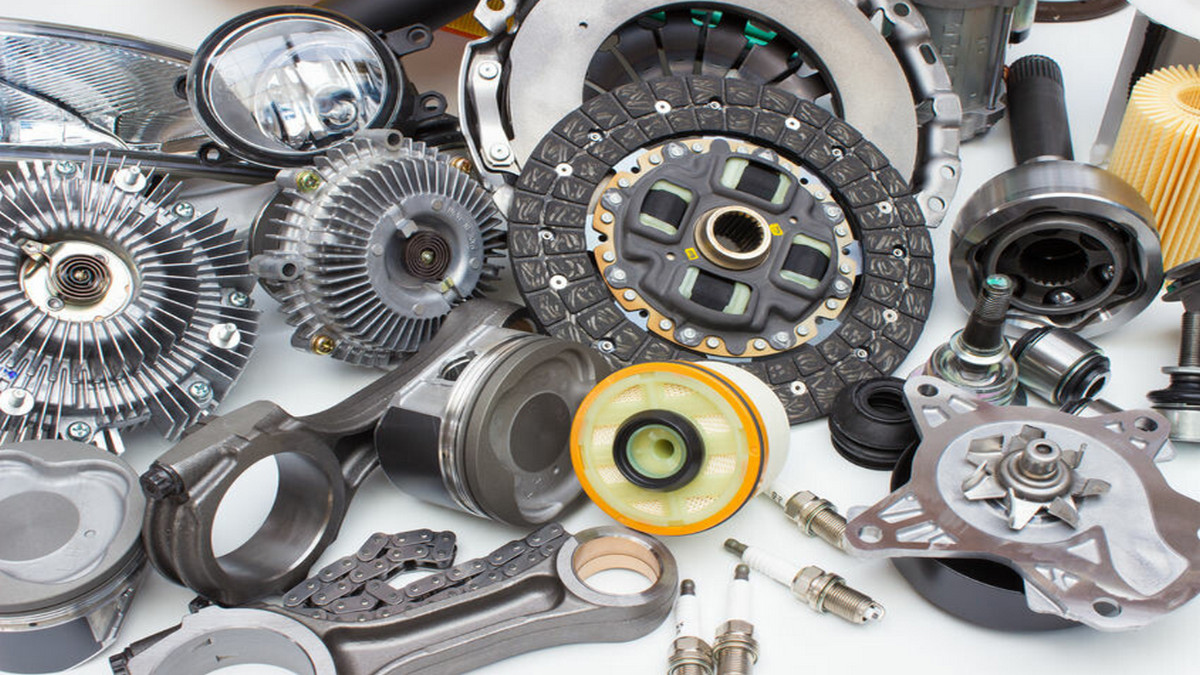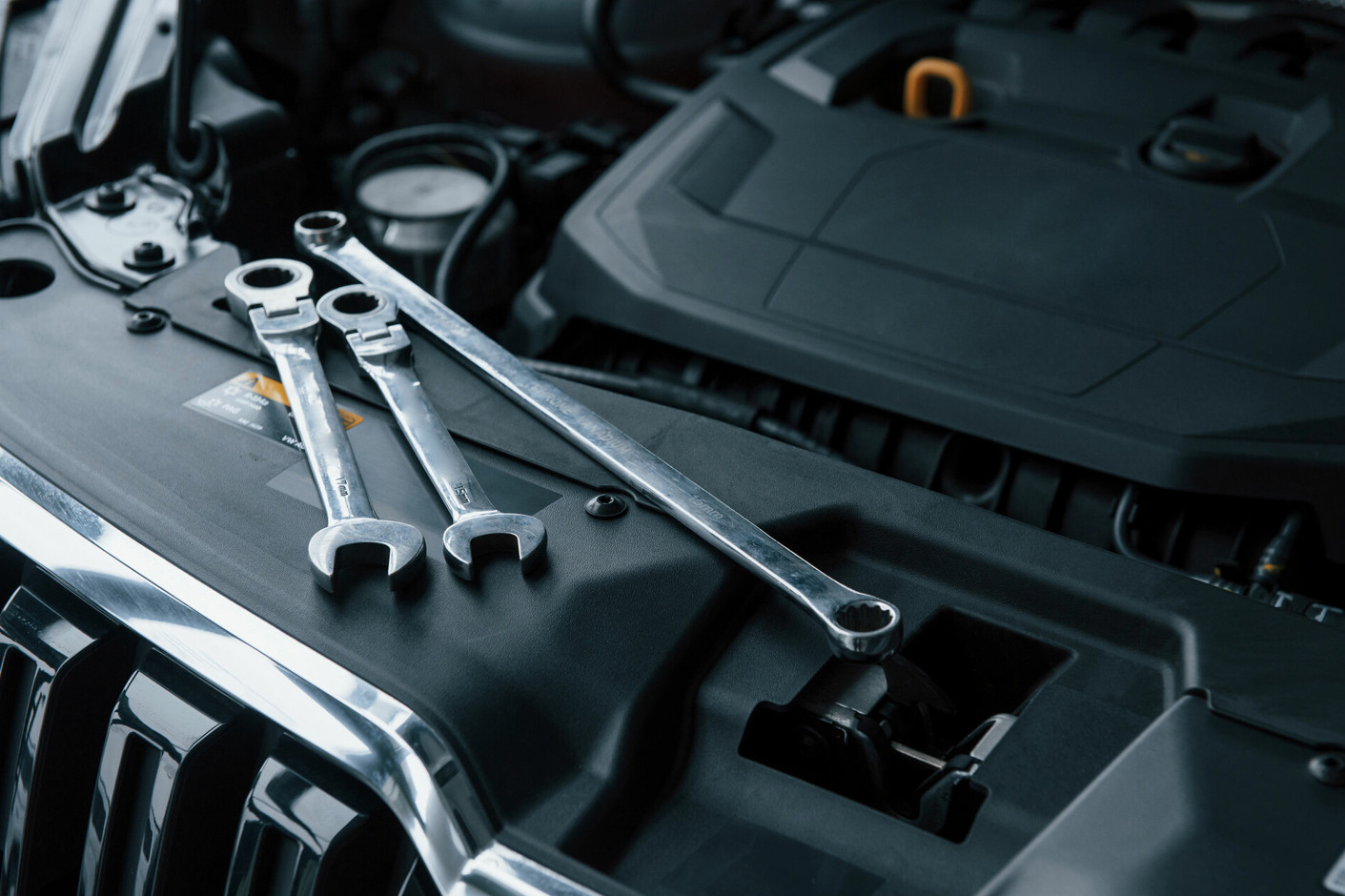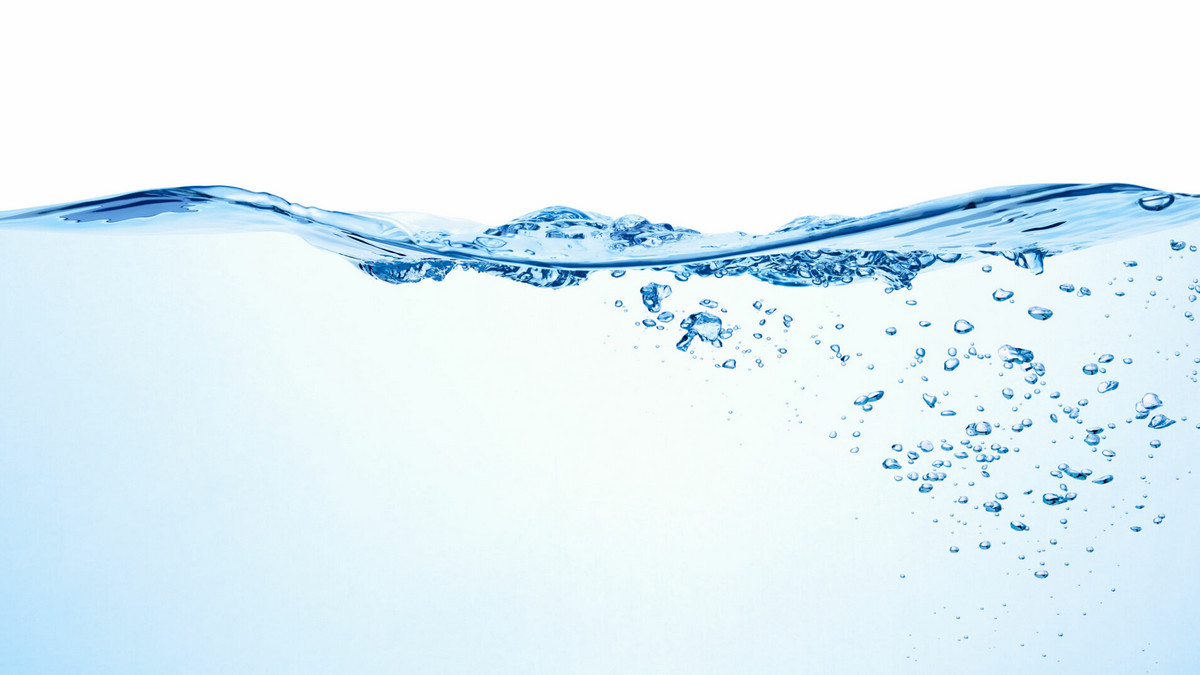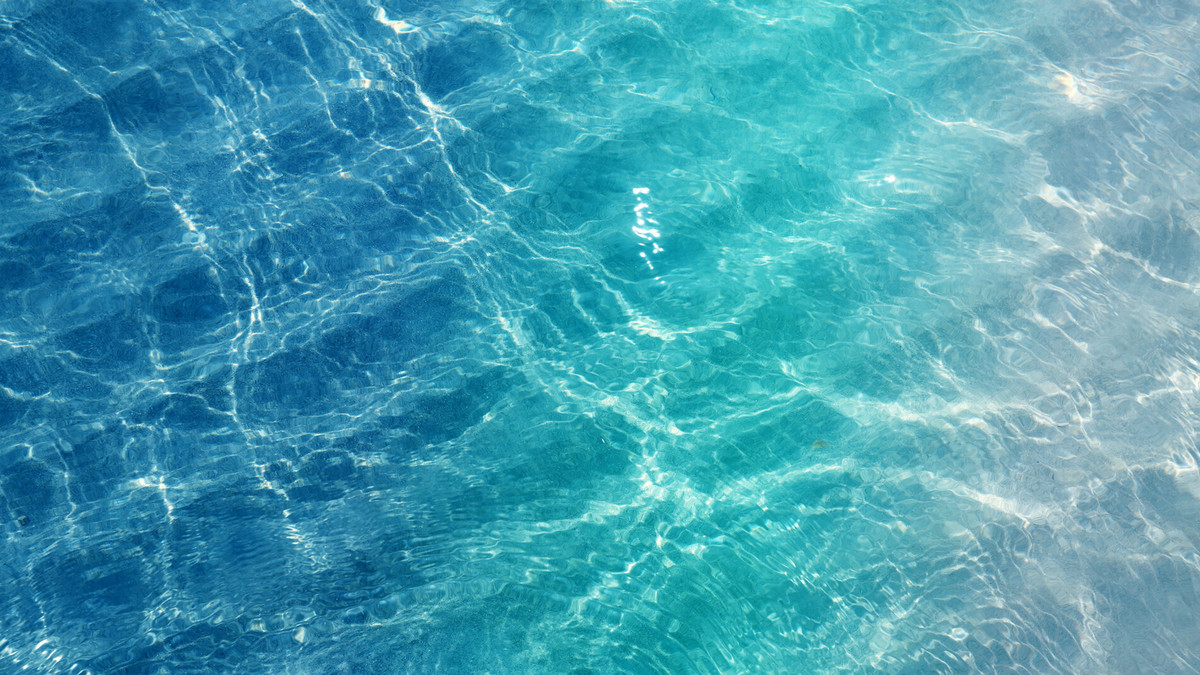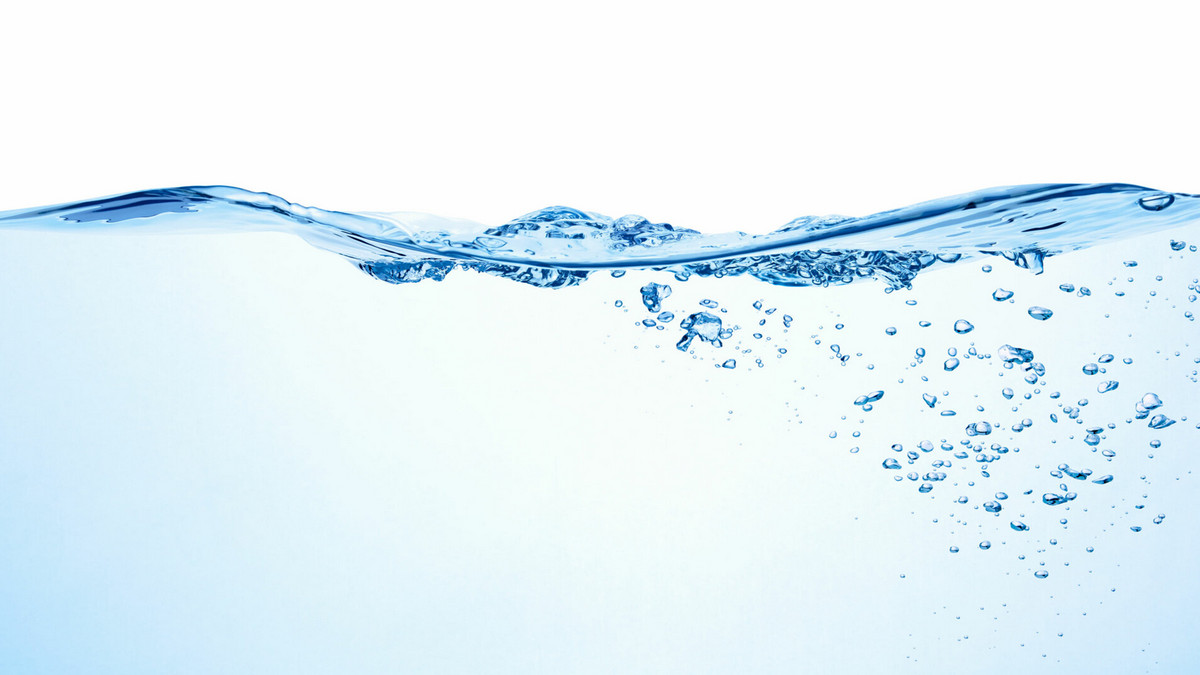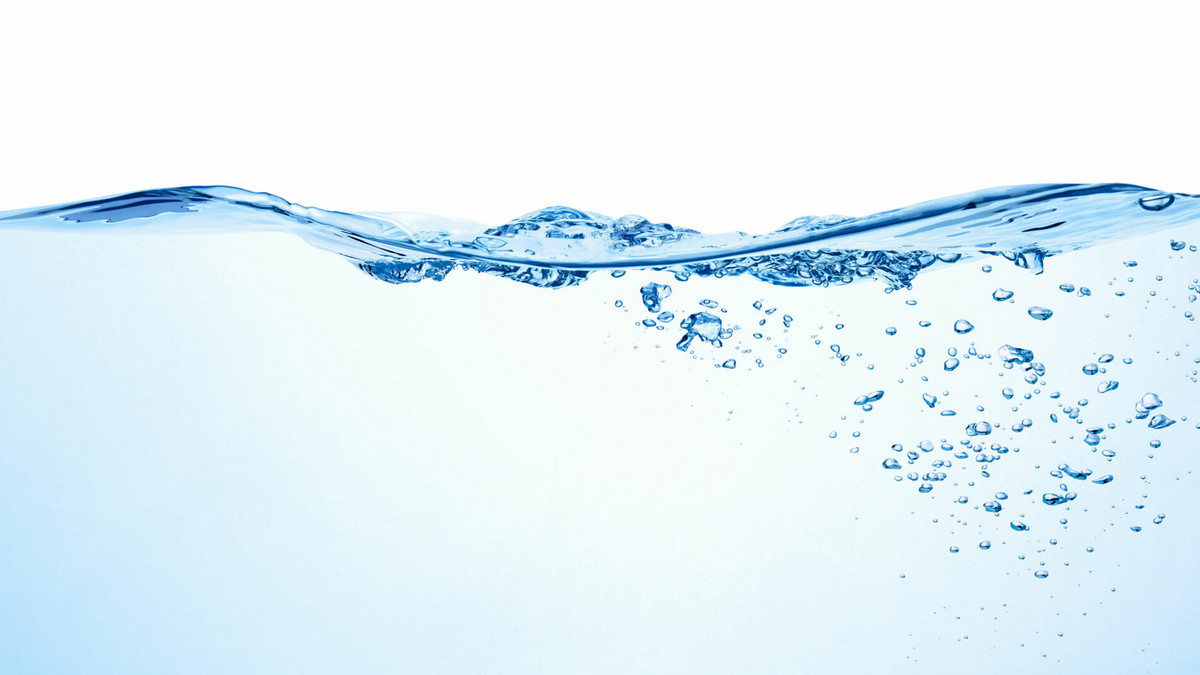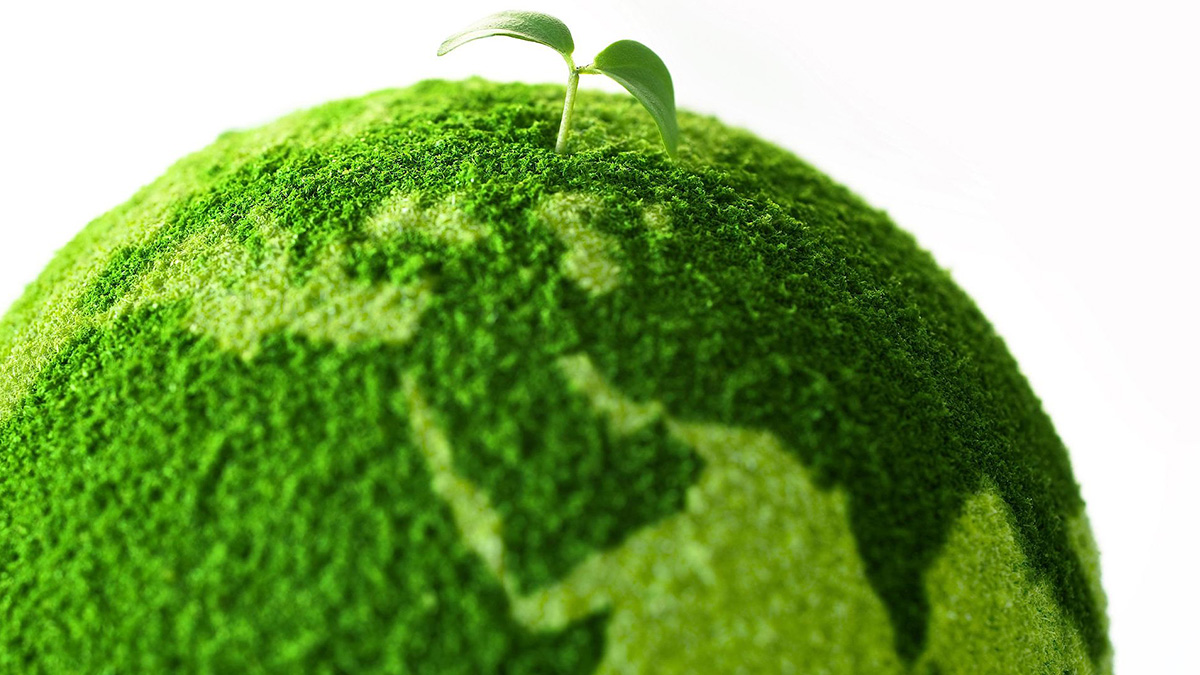PE film is also called stretch film, stretch film, and stretch film. PE film is mainly widely used in centralized winding packaging of various goods. It can reduce the damage and collapse of the goods during the transportation process. The goods can be waterproof, dustproof, and highly transparent when packed with PE stretch film, and the varieties of the packaged goods can be easily distinguished.
What is PE Protection Tape?
From metal smooth surfaces to rough surfaces to curved surfaces, it is used in the surface protection of diversified products. No glue residue.
PE (Polyethylene) is the simplest polymer organic compound, and it is the most widely used polymer material in the world today. PE protective film is based on special polyethylene (PE) plastic film and is divided into high-density polyethylene protective film, medium-density polyethylene, and low-density polyethylene according to different densities. The biggest advantage of PE protective film is that the protected product is not contaminated during production, processing, transportation, storage, and use. The biggest advantage of PE protective film is that the protected product will not be polluted, corroded, or scratched during production, processing, transportation, storage, and use, and protect the original smooth and shiny surface, thereby improving product quality and market competitiveness.
PE film is an industrial film product, which has the characteristics of toughness, puncture resistance, high tensile strength, large elongation, good self-adhesion, and high transparency. The PE film is mainly mixed and extruded from several different polyene resins. It has puncture resistance, super strength, and high performance. It can wrap the goods stacked on the pallet to make the packaging more stable and tidier and has a super high performance. The strong waterproof effect is widely used.
PE stretch film is non-toxic, odorless, and tasteless, and can meet the requirements of food hygiene performance. It does not react with moisture, grease, compounds, etc., is insoluble in most solvents at room temperature, and can withstand low temperatures of -70°C. Good weldability, good permeability to oxygen and carbon dioxide, and poor permeability to water vapor.
As the density increases, the mechanical properties, and barrier properties will increase accordingly, and the heat resistance is good. Polyethylene’s of the same density have different properties due to different film-forming processes. This is because the drooling method can quickly cool, low crystallinity, high transparency, and low turbidity, but the molecular arrangement tends to be more irregular, so the barrier property is small, that is, the transmittance is large, the elongation is low, and tear resistance is low. Untreated PE film is a more difficult material to print. This is because polyethylene is non-polar, chemically stable, insoluble in most solvents, has a weak adsorption force on ink, and is not firm after drying. Therefore, the PE film needs to be treated for printability before or during printing.
Type classification:
- Glue type: Low, medium, and high viscosity, more than 40 kinds of viscosity can be selected, according to different surface materials formable.
- Glue-free: Can be molded. Applied to special plates.
Performance Index of PE Film - Adhesion:
- Ultra-low viscosity protective film:
Features: Thickness (≥0.03m±0.003), Width (≤1.3), Height (100-1500), Base Material (PE), Peel Strength (≤5g/cm), Temperature Resistance (60), Elongation (> 400).
The purpose is easy to use, easy to stick and easy to tear, no glue residue, and suitable for organic plates, instruments, display screens, glass lenses, plastic lenses, etc.
- Low viscosity protective film:
Features: Thickness (≥0.03m±0.003), Width (≤1.3), Height (100-1000), Base material (PE), Peel strength (10-20g/cm), Temperature resistance (60), Elongation (>400).
It is used for stable adhesion, good adhesion, good peeling performance, and no glue residue. It is suitable for steel mirror plates, titanium metal, glossy plastic plates, silk screen printing, nameplates, etc.
- Medium and low viscosity protective film:
Features: Thickness (≥0.03m±0.003), width (≤1.3), height (100-1000), substrate (PE), peel strength (30-50g/cm), temperature resistance (60), elongation (>400).
It is used for stable adhesion, good adhesion, good peeling performance, and no glue residue. It is suitable for furniture polaroid, stainless steel plates, ceramic tiles, marble, artificial stone, etc.
- Middle mucosa protective film:
Features: Thickness (≥0.05±0.003), Width (≤1.3), Height (100-1000), Base Material (PE), Peel Strength (60-80g/cm), Temperature Resistance (60), Elongation (> 400).
It is used for stable adhesion, good adhesion, good peeling performance, and no residual glue phenomenon. It is suitable for surface protection of fine-grained matte boards and general difficult-to-stick materials.
- High viscosity protective film:
Features: Thickness (≥0.05±0.003), Width (≤1.3), Height (100-800), Base material (PE), Peel strength (80-100g/cm), Temperature resistance (60), Elongation (> 400).
It is used for stable adhesive force, good adhesion, good peeling performance, and no residual glue phenomenon.
- Ultra-high viscosity protective film:
Features: Thickness (≥0.04±0.003), Width (≤1.3), Height (100-800), Base material (PE), Peel strength (above 100g/cm), Temperature resistance (60), Elongation (>400).
The use is extremely high viscosity. Water-based acrylic acid is used as the pressure-sensitive adhesive, which is easy to use, easy to stick and tear, and has no residual glue phenomenon. It is suitable for difficult-to-stick materials such as rough-grained aluminum plates.
What are the Material Properties of PE?
- It is the simplest polymer organic compound and the most widely used polymer material in the world.
- Polyethylene is a white waxy translucent material, flexible and tough, lighter than water, non-toxic, and has excellent dielectric properties.
- It is insoluble in common solvents at room temperature, with low water absorption and excellent electrical insulation.
- It has a waxy texture to the touch. Compared with the same plastic, it is lighter in weight and has a certain degree of transparency. The flame is blue when burning.
- It has excellent chemical stability and is resistant to various chemical substances such as hydrochloric acid, hydrofluoric acid, phosphoric acid, formic acid, amines, and sodium hydroxide at room temperature.
The Function and Characteristics of PE Protective Film?
- The biggest function of PE protective film is to protect the surface of the product, so that the product will not be polluted, corroded, or scratched during production, processing, and transportation. The product can maintain a smooth and shiny surface, thereby improving the quality of the product and market competitiveness.
- PE protective film is based on special polyethylene (PE) plastic film, which is divided into high-density polyethylene protective film, medium-density polyethylene, and low-density polyethylene according to the density.
- The advantages of PE protective film are low price, softness, good extensibility, environmental protection, and no pollution, and generally has passed the EU's ROHS environmental pollution test. The PE protective film has good elongation, and the elongation rate can reach more than 300%.
- The disadvantage of PE protective film is that it will shrink after stretching, and it is not suitable for use at high temperatures. The general temperature is within 60-70 degrees.
- PE protective film is suitable for product surface protection in the nameplate, metal surfaces, plastic sheet surfaces, building and decoration materials, stone, stainless steel, automotive interior, aluminum alloy, plexiglass, electronics, home appliances, IT, and other industries.
What are the Performance Requirements of PE Film?
- The protective film is inert to the surface of the protected material.
- The protective film has good adhesion to the protected material. During material handling and processing, the protective film will not warp or fall off.
- The protective film has good weather resistance and adhesion stability. After several days or a long time, the peeling force does not increase significantly, and it is easy to peel off. When peeling off, there is no residual glue on the protected surface, and no photo is left.
- Low crystal point.
What are the Applications of PE Film?
- Hardware industry: Computer case, galvanized sheet stamping, aluminum sheet, stainless steel sheet, titanium gold sheet, plastic steel sheet, glass sheet, solar panel, etc.
- Optoelectronics industry: LCD liquid crystal display, backlight panel, cold light film, membrane switch, mobile phone screen, etc.
- Plastic industry: ABS, PP injection molding products, PVC sheets, acrylic sheets, instruments, plastic lenses, surface protection of painted parts, etc.
- Printing industry: PVC, PC board, aluminum plate, film, and other printing nameplate surface protection, etc.
- Wire and cable industry: The protection of shaft-mounted copper wires, semi-finished products, finished products, and rolled finished products can effectively prevent dust pollution, and have anti-oxidation and anti-dirty effects.
- Electronics industry: During production, finished products and semi-finished products are generally used to protect the finished products, which are not easy to be scratched and damaged on the assembly line.
- Mobile phone industry: Mobile phone protective film is a kind of cold film that can be used to install a mobile phone body and screen.
What Kind of Packaging Can PE Film be Applied to?
- Pallet packaging: Wrap the goods on the pallet to form a whole to prevent loosening, collapse, and deformation during logistics and transportation; and the functions of waterproof and dustproof.
- Carton packaging: The use of wrapping film as a packaging film can protect the carton from rain and wetness, and at the same time avoid the loss and damage of scattered objects inside the carton caused by violent express delivery.
- Machine cover: Machines that are used irregularly can be wrapped with 2-3 layers of wrapping film to prevent the machine from rusting due to long-term placement, and have a dust-proof effect.
- Special-shaped product packaging: It is impossible to customize the fixed PE packaging film when packaging large-scale special-shaped products. At this time, wrapping film can be used for packaging, multi-angle, and all-round packaging without dead ends, to meet your perfect packaging needs.
- Product surface protection: Because the wrapping film has good self-adhesion, it will not form glue residue on the wrapped object. It can be attached to smooth surfaces such as glass, building materials, ceramics, doors, windows, etc. to prevent being scratched by sharp objects.


